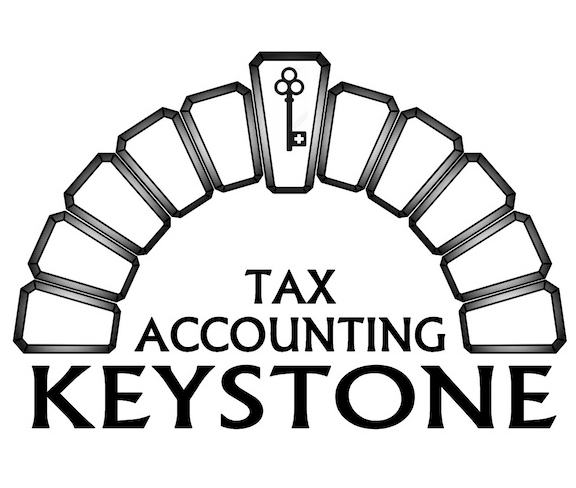What is Tax Relief
Tax relief is any program or incentive that reduces the amount of tax owed by an individual or business entity. Examples of tax relief include the allowable deduction for pension contributions, and temporary incentives such as tax credits for the purchase of new high-efficiency heating and cooling equipment.
BREAKING DOWN Tax Relief
Tax relief is intended to reduce the tax liability of an individual or business entity. Often, the tax relief is targeted at providing aid for a certain event or cause. For example, hurricane victims may be allotted some form of tax relief when a hard-hit area is declared a disaster area. Tax relief is also available periodically to support environmental causes, as seen with tax credits for the purchase of energy-efficient appliances or the installation of energy-efficient windows.
An individual or business entity typically gets relief from taxes through tax deductions, credits, exclusions, or forgiveness of a tax lien.
Tax Deductions
A tax deduction reduces the taxable income of a taxpayer. If a single filer’s taxable income for the tax year is $75,000 and he falls in the 25% marginal tax bracket, his total marginal tax bill will be 25% x $75,000 = $18,750. However, if he qualifies for an $8,000 tax deduction, he will be taxed on $75,000 – $8,000 = $67,000 taxable income, not $75,000. The reduction of his taxable income is a tax relief for the taxpayer who ends up paying less in taxes to the government.
Tax Credit
A credit is a tax relief that provides more tax savings for an entity than a tax deduction as it directly reduces a taxpayer’s bill dollar to dollar, rather than just reducing the amount of income subject to taxes. In other words, a tax credit is applied to the amount of tax owed by the taxpayer after all deductions are made from his or her taxable income. If an individual owes $3,000 to the government, and is eligible for a $1,100 tax credit, he will only have to pay $1,900 after the tax relief is applied.
Tax Exclusion
Exclusions classify certain types of income as tax free and as a tax relief, reduces the amount that a tax filer reports as his or her gross income. Income that has been excluded for tax purposes does not show up on a taxpayer’s tax return, and if it does, will most likely come off in another section of the return. While some types of income are excluded because they are difficult to measure, other types of income are excluded to encourage taxpayers to engage in a particular activity. For instance, workers who get job-based (or “employer paid”) health insurance coverage have a tax relief given that they do not pay taxes on the value of those policies and employers can deduct the cost as a business expense.
Expatriates who earn income in foreign countries have a tax relief of $104,100 (as of 2018) which can be applied through the Foreign Earned Income Exclusion (FEIE). The FEIE allows expats to exclude $104,100 of their foreign income from their tax returns. An expat that earns, say $180,000, from his job in a foreign country that is tax free will only need to pay U.S. federal income tax on $180,000 – $104,100 = $75,900.
Tax Debt Forgiveness
Programs like the Student Loan Forgiveness Program and the IRS Fresh Start Program allow taxpayers to settle their tax debts for a percentage of the original liability. Depending on the individual’s financial situation, the Internal Revenue Service (IRS) can provide a tax relief arrangement to help pay back the reduced taxes and avoid tax liens.
If you have any additional questions, please don’t hesitate to call us at 408.412.3373 or email us at info@keystonetaxes.com.

Recent Comments